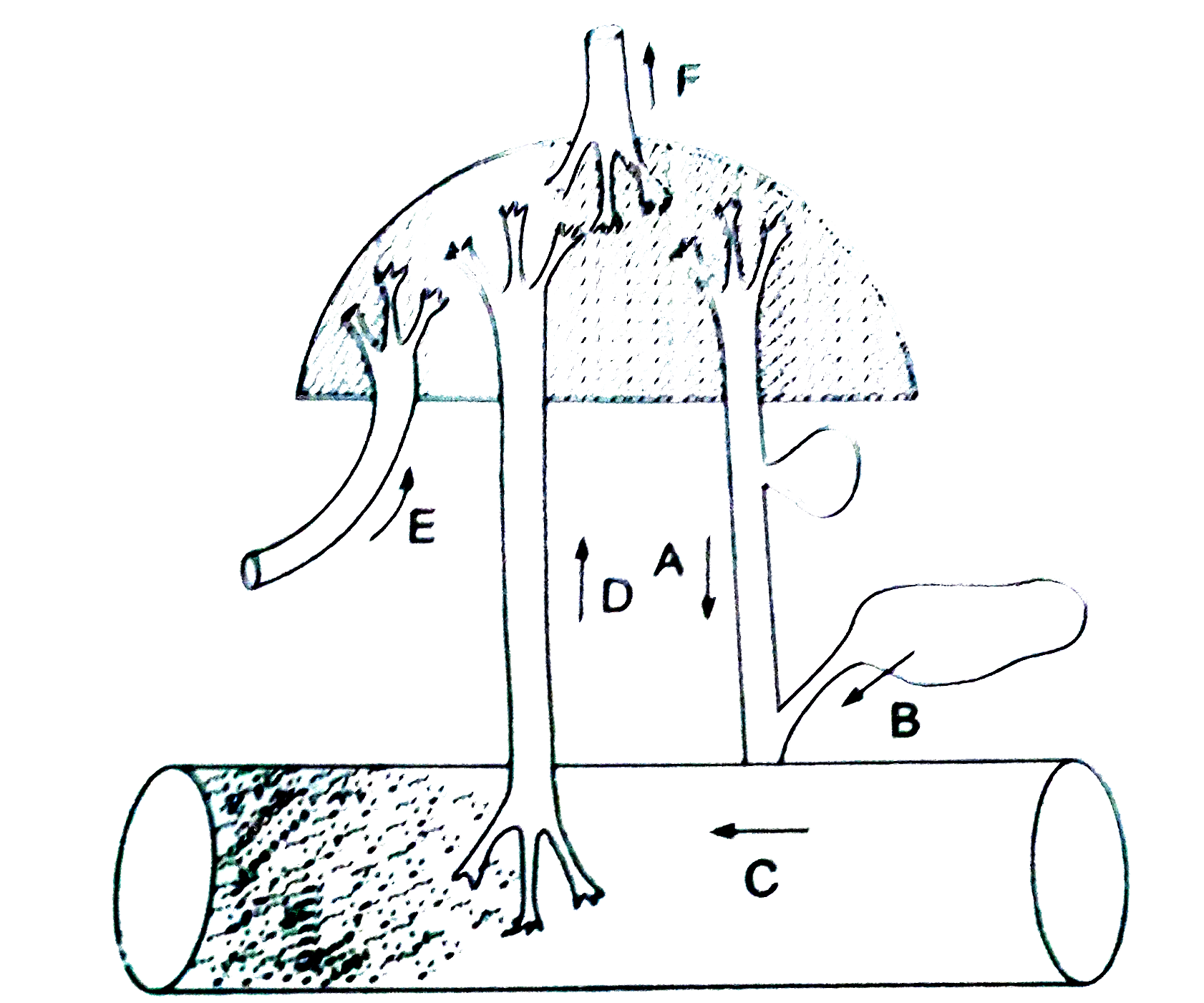Gven below is a list of various diseases / disorders.
a. Phenylketonuria, b. Grave's disease, c. Thalassemia, d. Rheumatoid arthritis, e. Myasthenia grais, f. Colour blindness, g. Blindness
Which one of the following represents hereditary disease ?
a,b,d, and e
a,c,e,f and g
c,f, and g
a,c and f
To determine which diseases from the provided list are hereditary, we need to analyze each one based on its genetic transmission. Here’s the step-by-step solution:
1. Understanding Hereditary Diseases:
- Hereditary diseases are those that can be passed from parents to offspring through genes. If a parent carries a gene for a specific disease, there is a possibility that the child may inherit that gene and, consequently, the disease.
2. Analyzing Each Disease:
- a. Phenylketonuria (PKU): This is an inherited metabolic disorder caused by a deficiency of the enzyme phenylalanine hydroxylase. It is indeed hereditary.
- b. Grave's Disease: This is an autoimmune disorder that affects the thyroid. It is not inherited in a straightforward manner, so it is not classified as hereditary.
- c. Thalassemia: This is a genetic blood disorder that affects hemoglobin production. It is inherited and therefore qualifies as a hereditary disease.
- d. Rheumatoid Arthritis: This is a chronic inflammatory disorder affecting joints. While there may be genetic predispositions, it is not directly inherited, so it is not classified as hereditary.
- e. Myasthenia Gravis: This is an autoimmune neuromuscular disorder. It is not inherited, so it does not qualify as a hereditary disease.
- f. Colour Blindness: This is a genetic condition that affects the perception of color. It is inherited, making it a hereditary disease.
- g. Blindness: Blindness can have various causes, including genetic ones. Certain types of blindness are hereditary, so it can be classified as a hereditary condition.
3. Identifying Hereditary Diseases:
- From the analysis, the hereditary diseases in the list are:
- a. Phenylketonuria
- c. Thalassemia
- f. Colour Blindness
- g. Blindness
4. Final Answer:
- The hereditary diseases from the provided list are: a, c, f, and g.
- Hereditary diseases are those that can be passed from parents to offspring through genes. If a parent carries a gene for a specific disease, there is a possibility that the child may inherit that gene and, consequently, the disease.
- a. Phenylketonuria (PKU): This is an inherited metabolic disorder caused by a deficiency of the enzyme phenylalanine hydroxylase. It is indeed hereditary.
- b. Grave's Disease: This is an autoimmune disorder that affects the thyroid. It is not inherited in a straightforward manner, so it is not classified as hereditary.
- c. Thalassemia: This is a genetic blood disorder that affects hemoglobin production. It is inherited and therefore qualifies as a hereditary disease.
- d. Rheumatoid Arthritis: This is a chronic inflammatory disorder affecting joints. While there may be genetic predispositions, it is not directly inherited, so it is not classified as hereditary.
- e. Myasthenia Gravis: This is an autoimmune neuromuscular disorder. It is not inherited, so it does not qualify as a hereditary disease.
- f. Colour Blindness: This is a genetic condition that affects the perception of color. It is inherited, making it a hereditary disease.
- g. Blindness: Blindness can have various causes, including genetic ones. Certain types of blindness are hereditary, so it can be classified as a hereditary condition.
- From the analysis, the hereditary diseases in the list are:
- a. Phenylketonuria
- c. Thalassemia
- f. Colour Blindness
- g. Blindness
- The hereditary diseases from the provided list are: a, c, f, and g.
Similar Questions
If a, b, c, d, e, f are in AP, then (e−c) is equal to which one of the following?
View SolutionNote the following
A) SCID B) Grave's disease C) Rheumatoid arthritis D) Alzheimer's disease E) Myasthenia gravis F) Addison's disease G) Parkinson's disease
Which of the above are auto immune disorders
View Solution
Knowledge Check
The five number 1056, 1098, 1100 and 1126 are represented on a number line by the point A, B, C, D and E, respectively, as shown in the figure. Which one of the following points represents the average of the five numbers ?
 APoint ABPoint BCPoint CDPoint D
APoint ABPoint BCPoint CDPoint D
How many disease can be identified by karyotyping?
Klinefelters syndrome, phenylketonuria, Thalassemia, Alkaptonuria, Albinism, Colour blindness, Haemophilia, Down syndrome, Turner syndrome
View SolutionThe diagram given below shows how things get to and from the liver. They are labelled as A, B, C, D, E and F. Which one of the following labellings is correct

Choose the correct option
View SolutionGiven below is a list of features found in a specific tissue.
(a) unstriped
(b) fusiform
(c) nucleated
(d) cannot be controlled directly
(e) bundled in connective tissue sheath
In which of the following parts would you find layers of this tissue ?
View SolutionThe diagram given below [Fig] shows how things get to and from the liver. They are labelled as A, B, C, D, E and F. Which one of the following labellings is correct

Choose the correct option
View SolutionName the disease for which following types of vaccines are given B.C.G.
View Solution(a) Why are colour blindness and thalassemia categorized as Mendelian disorders ? Write the symptoms of these disease seen in people suffering from them.
( b) About 8 % of human male population suffers from colorblindness whereas only about 0.4% of human female population suffers from this disease .Write an explanation to show how it is possible.
View SolutionSyphillis is an infectious bacterial diseases caused by Treponema pallidum with 3 stages
(A) Infectious painless ulcers on the genitals - (i) First
(B) Blindness, heart trouble, aortic impairmnet - (ii) Second
(C ) Skin lesions, hairloss, swollen joints - (iii) Third
Which of the following is the correct match between the symptoms and stage?
View Solution
